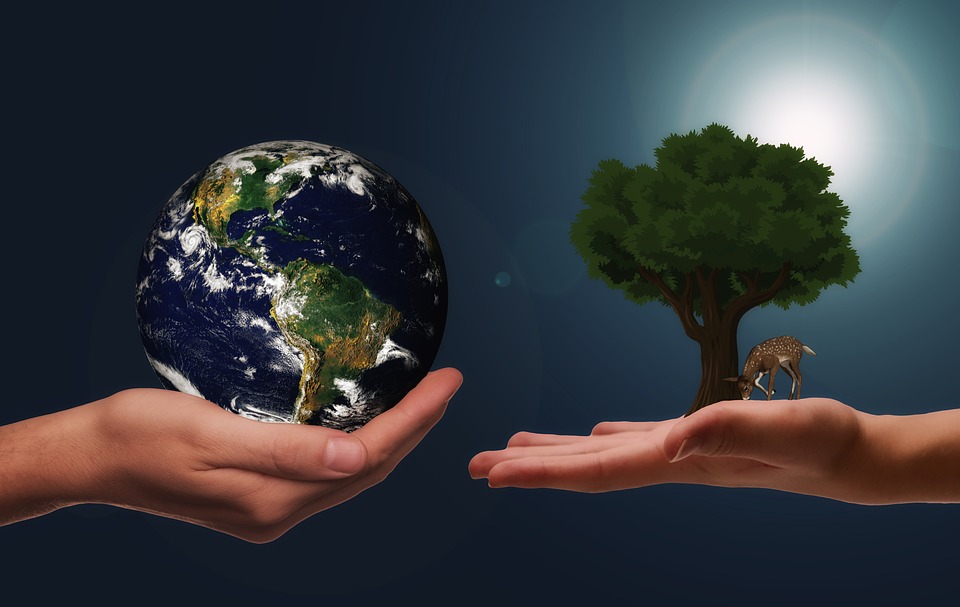Sustainability is like a choice that has to be made and there are many educational institutions around the world that have made the choice of bringing sustainability to schools while also educating the youth.
-
Group Phi’s Sustainable Military School for Girl
Located in Pune, Maharashtra, India, this military school was constructed by Group Phi. Known as the first military school for girls in India, it was built based on the concept of sustainability. For instance, a grey water recycling system was established to reuse wastewater and polycarbonate sheets were used to cover the yards and protect the passageways from rainfall.
Moreover, they applied the daylighting concept, which refers to the practice of controlled admission of natural sunlight into a building in order to reduce electric lighting and save energy. This practice can be carried out by incorporating many windows, skylights, other openings and reflective surfaces.
Besides, natural materials were employed in the school’s construction to reduce the carbon footprint and make the students feel closer to nature.
-
Animo Leadership High School

“We should have more schools like Amino”
– President Clinton
This public school for 500 students is known as the first Green Dot School and is found in Inglewood, California, a tough and economically depressed city, where it is noted that 25 % of the population lives below the poverty line. However, despite this, the school has been ranked as one of the top 100 high schools in America by the US News and World Report.
The school was designed by Curtis and Davis, New Orleans architects, who wanted to promote passive sustainable strategies. Due to the harsh climate of the area, the designers decided to use natural ventilation rather than air conditioning. For instance, cooling strategies such as cross-ventilation and large roof overhangs were used. In addition, the shape of the building was constructed in a way to shade itself and induce airflow.
The south facade of the building is covered with 650 solar panels that provide at least 75 % of the school’s energy and which reduce costs by over 3 million dollars. There are also large glazed openings, various exterior decks and terraces that connect the interior spaces such as classrooms with the outdoors.
-
The Docks School
The zero-energy school, found in Saint Ouen in France, was designed by the Paris architects Mikou Design Studio. The school is found in the middle of the Zac des Docks, which is a sustainable urban development area.
The school was built with tiers that slope diagonally across the building to form large triangular terraces. All the classrooms are opened onto internal courtyards and sheltered by canopies laden with photovoltaic panels. Also, these panels are slanted at an angle of 30 degrees to allow maximum sun exposure.
-
Creative Pavilion

The Creative Pavilion was constructed as an “out of the box” scheme compared to existing standard structures. The idea behind the building was that it should not be considered only as a learning space but also as a place that could stimulate social values and accommodate a range of activities.
The building was designed and constructed in a way to minimize environmental costs in terms of the building’s carbon foot print and energy usage. Awnings and pergolas were installed to shade the openings. Also, rain water harvesting systems were established.
-
Hillside Middle School

Located in Salt Lake City School District, the Hillside Middle School has established high standards with their green practices for others to follow.
The building structure makes optimum use of natural sunlight to reduce electric lighting and save on energy. Moreover, the use of insulated windows keeps heat away and ensures a cool learning environment for students. And, I have to mention how even the paints used on the building had low levels of volatile organic compounds.
Do you happen to know more sustainable schools? Please share your comments!






















